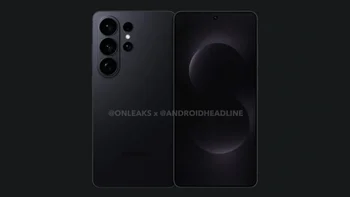T-Mobile planning to trade and dispose of some C-band spectrum

T-Mobile's Description of Transaction and Public Interest Statement related to its U.S. Cellular acquisition was published on the FCC website about two weeks ago. The documentation reveals that the carrier is selling some of its 3.45GHz spectrum in the C-band to digital broadcasting infrastructure investor Columbia Capital. This makes sense since T-Mobile prefers using the 2.5GHz airwaves it picked up in the Sprint deal and via other auctions and purchases for its 5G mid-band service.
The 2.5GHz mid-band spectrum provides T-Mobile with a better downlink range than the 3.45GHz C-band airwaves do. By now, anyone who thought that T-Mobile bought Sprint for its prowess in running a wireless carrier has missed the true and amazing story of how T-Mobile took advantage of Verizon and AT&T's decision to start their 5G build-outs by trying to get consumers excited about mmWave downlink speeds.
What Verizon and AT&T didn't consider was that the characteristics of mmWave are such that these signals travel short distances making them almost impossible for subscribers to find. T-Mobile, on the other hand, took advantage of the longer mid-band wavelengths. While downlink mid-band signals aren't faster than mmWave, they are much faster than low-band signals, and thus, T-Mobile's 2.5GHz mid-band spectrum helped the wireless provider take the early U.S. leadership in 5G.
20MHz of 3.45GHz spectrum is being traded by T-Mobile to SoniqWave for more 2.5GHz airwaves. But to remain below the spectrum screens that would force T-Mobile to divest some of its spectrum, the carrier will not keep all of the 600 MHz, 700 A block, PCS, and AWS spectrum owned by US Cellular. T-Mobile wants to remain under the low-band spectrum screen bar of 68MHz and the low+mid-band spectrum screen bar of 385 MHz in order to speed up approval of the U.S. Cellular purchase.
Instead, T-Mobile will most likely lease the spectrum used by U.S. Cellular (850 MHz, 3.45GHz C-band, 700 B & C blocks, and 28 GHz mmWave) for a year following the closing of the acquisition. After that, T-Mobile could look to permanently add some 700 A block and 600MHz low-band spectrum to its holdings.
Follow us on Google News













Things that are NOT allowed:
To help keep our community safe and free from spam, we apply temporary limits to newly created accounts: